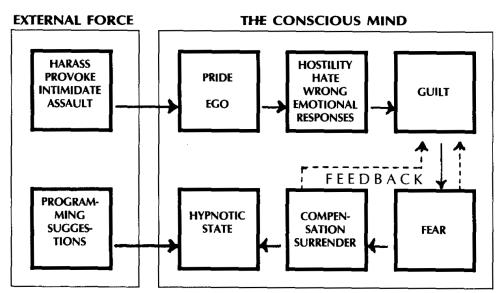Here are the possible risks in the model:
FINANCE - what the financial risks are
TIME - How much time it actually takes to make the purchase decision
PERFORMANCE - What the risks may be when bought and not performing to the expected standard
EGO – Whether or not the purchase will be an ego booster or ego harmer
PHYSICAL - What risk is involved in this item as it may cause harm
SOCIAL – Whether or not this purchase will effect your social status
The results are different for different social groups as they all have different expectations for the same product.. An example may be an 18 year old buying their first car which will have a HIGH finance, take a LONG time to actually make the decision, it wont need a HIGH performance rate, it will have a MIDDLE of the range ego rate, the physical risk will be LOW and the social risk will be HIGH. For an middle aged man the finance will be LOW, time will be MIDDLE of the range, performance will be HIGH, ego will be HIGH, physical will be HIGH and social will be MIDDLE of the range.
Perceptual Maps
In helping you develop a market positioning strategy for your product or service, perceptual maps or positioning maps as they are sometimes referred to, are often used to help the organisation identify a positioning strategy.
When plotting a peceptual map two dimensions are commonly used. Below is a basic perceptual map. If we plot the UK chocolate market we can identify those brands which are high price and high quality. Belgium chocolates are plotted as high quality and high price, and twix is plotted one low quality low price brand. Once completed the perceptual map could help identify where an organisation could launch a new brand pherhaps at the medium price and quality range. In our basic map, you can see there is not much competition within that particular area.
http://www.learnmarketing.net/perceptualmaps.htm
Useful Definition:
Perceptual mapping is a graphics technique used by marketers that attempts to visually display the perceptions of customers or potential customers. Typically the position of a product, product line, brand or company is displayed relative to their competition.
http://www.nowsell.com/marketing-guide/perceptual-mapping.html
Perceptual Process
Perception is generally defined as the process by which a person assimilates and makes use of sensory data. In other words, perception is the selection, organization, and interpretation of sensory data. Perception studies are imperative because perception eventually leads to behavior.

Things in which grab people’s attention are music in television advertisements, the colour of the advertisement, the actual actions occurring in the advertisement and the people in it.
When buying a product, people expect certain colour for certain products. An example of this is, medicated shampoo is usually in bright white bottles, white wine in green bottles and red wine in red. Feminine products are usually in pink packages and men in grey or black.
Great work - forget comment on previous posting as yo have now covered some of the perceptual process.Great links. Any chance of a few more pictures?
ReplyDelete